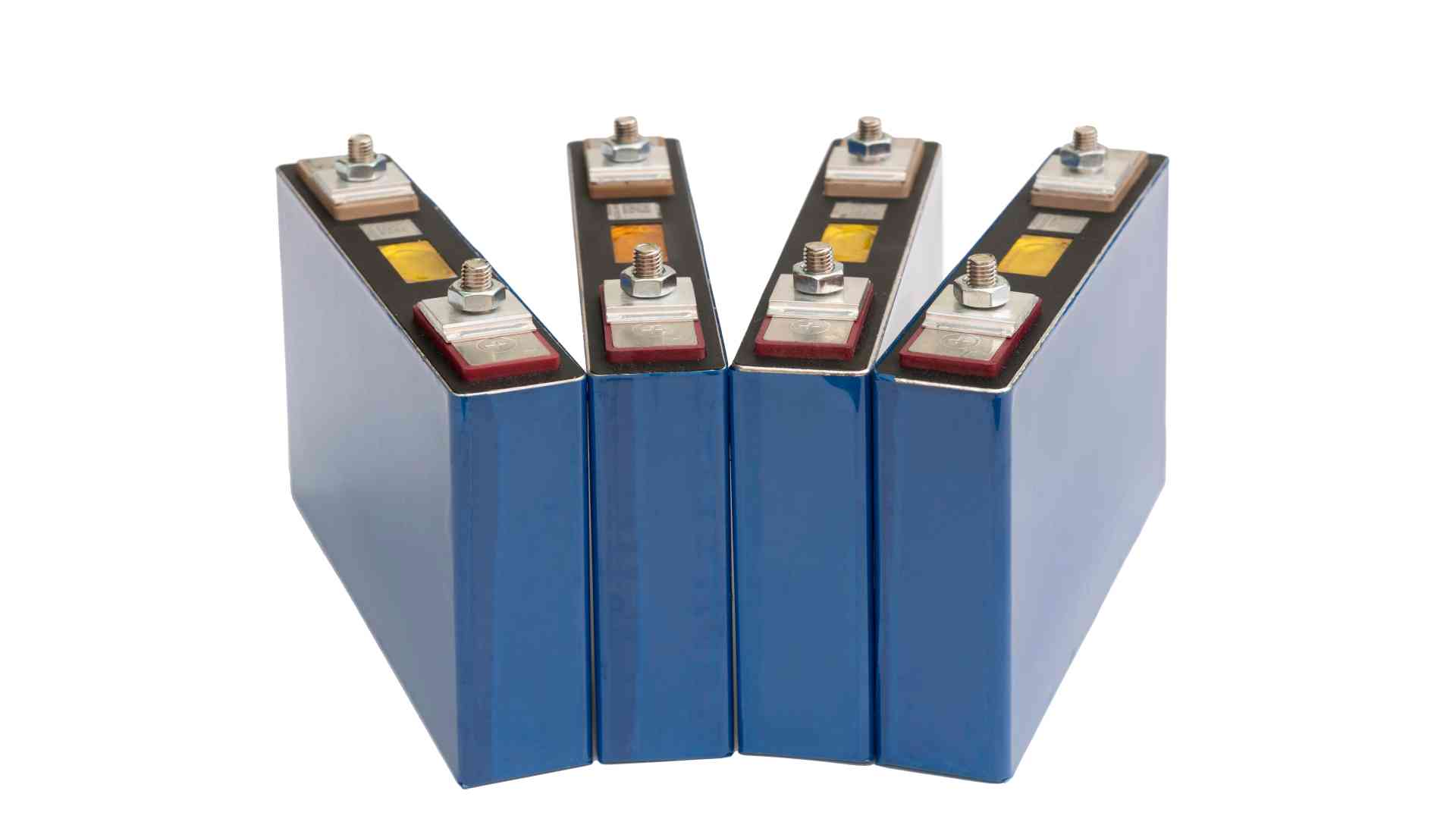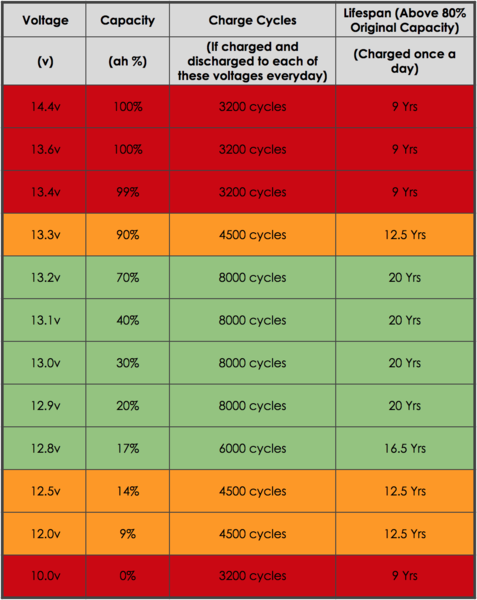LiFePO4 Batteries: The Future of All Vehicles
Tesla’s 2021 Q3 report announced a transition to LiFePO4 batteries as the new standard in its vehicles. But what exactly are LiFePO4 batteries? Are they a better alternative to Li-Ion batteries? How do these batteries differ from other batteries?

LiFePO4 Batteries
Introduction to LiFePO4 Batteries
A lithium iron phosphate (LFP) battery is a lithium-ion battery with faster charging and discharging rates. It is a rechargeable battery with LiFePO4 as a cathode and a graphitic carbon electrode with metallic backing as the anode.
LiFePO4 batteries have lower energy density than lithium-ion batteries and lower operating voltages. They have a low discharge rate with flat curves and are safer than Li-ion. These batteries are also known as lithium ferrophosphate batteries.
The Invention of LiFePO4 Batteries
LiFePO4 Batteries were invented by John B. Goodenough and Arumugam Manthiram. They were among the first to identify the materials used in lithium-ion batteries. Anode materials are not ideal for lithium-ion batteries due to their tendency for early short-circuiting.
Scientists found that cathode materials are better compared to lithium-ion battery cathodes. This is particularly noticeable in the LiFePO battery variants. They enhance stability and conductivity and improve a variety of other aspects.
These days, LiFePO4 batteries are found everywhere and have various applications, including use in boats, solar systems, and vehicles. LiFePO4 batteries are cobalt-free and less expensive than most alternatives. It is non-toxic and has a longer shelf life.
LFP Battery Specifications
| Lithium Iron Phosphate | Specifications |
|---|---|
| Minimum Discharge Voltage | 2.5 V |
| Working Voltage | 3.0 ~ 3.2 V |
| Maximum Charge Voltage | 3.65 V |
| Volumetric Energy Density | 220 Wh/L |
| Gravimetric Energy Density | Above 90 Wh/Kg |
| Cycle Life | 2700 - 10,000 cycles |
Source – Wikipedia
The Function of Battery Management Systems in LFP Batteries
LFP batteries are made up of more than just connected cells; they have a system that ensures the battery stays within safe limits. A battery management system (BMS) safeguards, controls, and monitors the battery under operating conditions to ensure safety and extend battery life.

function of Battery Management Systems in LFP Batteries
Despite the fact that lithium iron phosphate cells are more tolerant, they are nevertheless prone to overvoltage during charging, which reduces performance. The material used for the cathode might potentially deteriorate and lose its stability. The BMS regulates each cell’s output and ensures that the battery’s maximum voltage is maintained.
Undervoltage becomes a severe concern as the electrode materials degrade. If any cell’s voltage drops below a certain threshold, the BMS disconnects the battery from the circuit. It also serves as a backstop in an overcurrent condition and will shut down its operation during short-circuiting.
Lithium Iron Phosphate Vs Lithium Ion Batteries
The LiFePO4 batteries are unsuitable for wearable devices such as watches. They have a lower energy density than any other lithium batteries. However, they are the best for solar energy systems, RVs, golf carts, bass boats, and electric motorcycles.
One of the main advantages of these batteries is their cycle life.
These batteries can last over 4x longer than others. They are safer and can reach up to 100% depth of discharge, which means they can be used for a more extended period.
Below are other reasons why these batteries are a better alternative to Li-ion batteries.
1. Low Cost
LFP batteries are made from iron and phosphorus, mined on an enormous scale, and inexpensive. The cost of LFP batteries is estimated to be as much as 70 percent lower per kg than nickel-rich NMC batteries. Its chemical composition provides a cost advantage. The lowest reported cell prices for LFP batteries dropped below $100/kWh for the first time in 2020.
2. Small Environmental Impact
LFP batteries do not contain nickel or cobalt, which are expensive and have a large environmental impact. These batteries are rechargeable which shows their eco-friendliness.
3. Improved Efficiency and Performance
LFP batteries are known for their long lifecycle, making them a popular choice for applications that require reliable and consistent power output over time. These batteries experience slower capacity loss rates than other lithium-ion batteries, which helps to preserve their performance over the long term. Additionally, they have a lower operating voltage, resulting in less internal resistance and faster charge/discharge speeds.
4. Enhanced Safety and Stability
LFP batteries are thermally and chemically stable; hence they are less likely to explode or catch fire. LFP produces one-sixth the heat of nickel-rich NMC. Because the Co-O bond is stronger in LFP batteries, oxygen atoms are released more slowly if short-circuited or overheated. Furthermore, no lithium remains in fully charged cells, making them highly resistant to oxygen loss compared to the exothermic reactions seen in other lithium cells.
5. Small and Lightweight
LFP Batteries are nearly 50% lighter than lithium manganese oxide batteries. They are up to 70% lighter than lead-acid batteries. When you use an LFP battery in a vehicle, you use less gas and have more maneuverability. They are also small and compact, allowing you to save space on your scooter, boat, RV, or industrial application.
LiFePO4 Batteries vs. Non-Lithium Batteries
Non-lithium batteries have several advantages but are likely to be replaced in the mid-term, given the potential of the new LiFePo4 batteries, as older technology is expensive and less efficient.
Lead Acid Batteries
Lead-acid batteries may appear to be cost-effective initially, but they are more expensive in the long term. This is because they require more frequent maintenance and replacement. A LiFePO4 battery will last 2-4 times longer with no maintenance required.
Gel Batteries
Gel batteries, like LiFePO4 batteries, do not require frequent recharging and don’t lose charge while being stored. But gel batteries charge at a slower rate. They need to be disconnected as soon as fully charged to avoid destruction.
AGM Batteries
While AGM batteries are at a high risk of becoming damaged below 50% capacity, LiFePO4 batteries can be discharged entirely without any risk of damage. Also, it is difficult to keep them up.
Applications for LiFePO4 Batteries
LiFePO4 batteries have many valuable applications, including
Fishing Boats and Kayaks: You can spend more time on the water with less charging time and longer runtime. Less weight provides easier handling and a speed bump during high-stakes fishing competitions.
Mobility scooters and mopeds: There is no dead weight to slow you down. Charge your battery to less than full capacity for spontaneous trips without damaging it.
Solar configurations: Carry lightweight LiFePO4 batteries wherever life takes you (even up a mountain or off the grid) to harness the sun’s power.
Commercial use: These are the safest, toughest lithium batteries which makes them ideal for industrial applications such as floor machines, liftgates, and more.
Furthermore, lithium iron phosphate batteries power many other devices such as flashlights, electronic cigarettes, radio equipment, emergency lighting, and other items.
Possibilities for Wid-Scale LFP Implementation
While LFP batteries are less expensive and more stable than alternatives, energy density has been a significant barrier to widespread adoption. LFP batteries have a much lower energy density, ranging between 15 and 25%. However, this is changing using thicker electrodes like those used in the Shanghai-made Model 3, which has an energy density of 359Wh/liter.
Due to the long lifecycle of LFP batteries, they have more capacity than Li-ion batteries of comparable weight. This means that the energy density of these batteries will become more similar over time.
Another barrier to mass adoption is that China has dominated the market because of the slew of LFP patents. As these patents expire, there is speculation that LFP production, like vehicle manufacturing, will be localized.
Major automakers like Ford, Volkswagen, and Tesla increasingly utilize the technology by replacing nickel or cobalt formulations. The recent announcement by Tesla in its quarterly update is only the beginning. Tesla also provided a brief update on its 4680 battery pack, which will have higher energy density and range. It’s also possible that Tesla will use “cell-to-pack” construction to condense more cells and accommodate lower energy density.
Despite its age, LFP and the reduction in battery costs may be critical in accelerating mass EV adoption. By 2023, lithium-ion prices are expected to be close to $100/kWh. LFPs may enable automakers to emphasize factors such as convenience or recharge time rather than just price.





